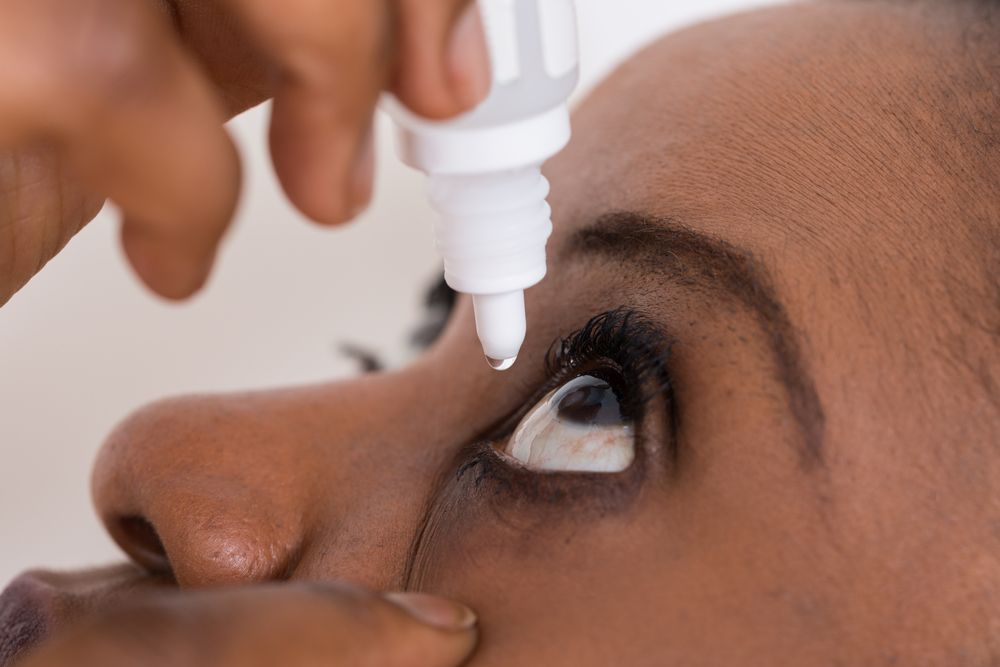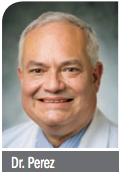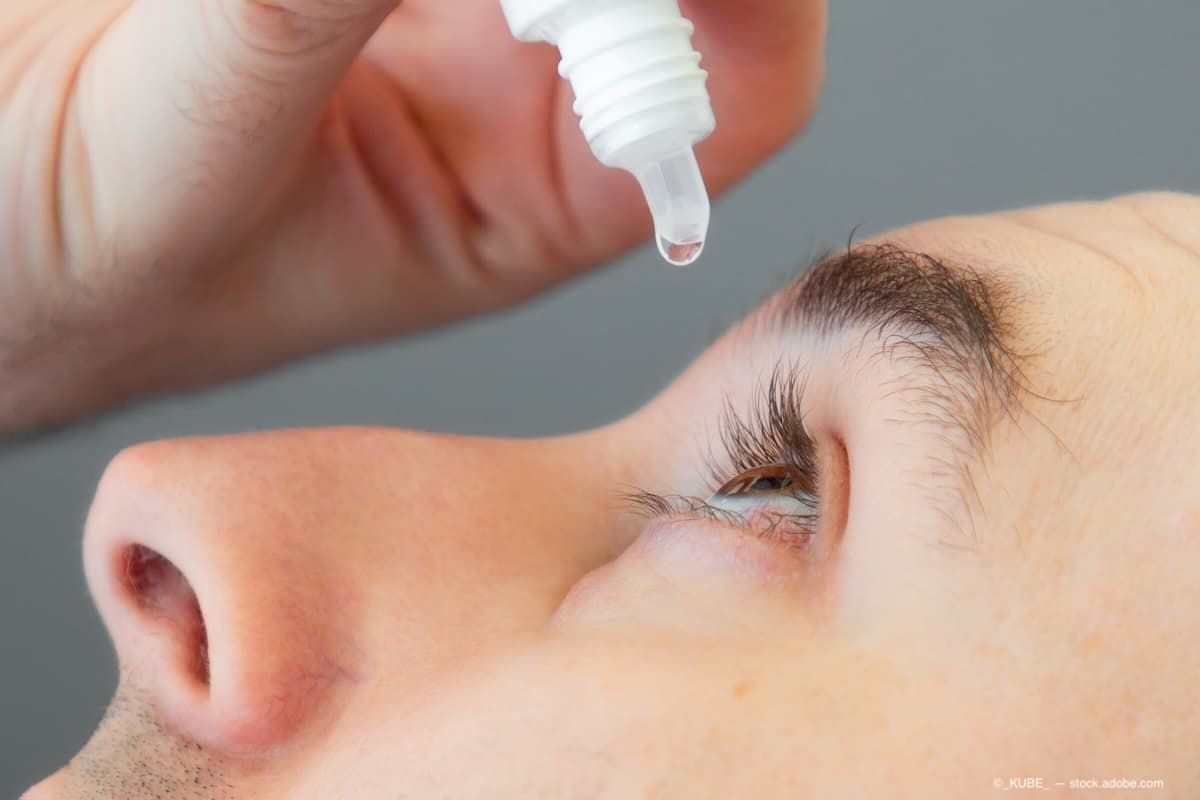Article
Topical hematopoietic therapy viable option for ocular surface disease
Author(s):
Study and use of platelet preparation, other biologics viewed as next frontier

Autologous serum tears are safe and effective for treating ocular surface disorders and may become more accessible in the future.
Reviewed by Victor L. Perez, MD
Topical hematopoietic therapy has been shown to be a safe, effective modality for the treatment of severe ocular surface disease (OSD) and may become an option for a broader group of patients through future innovations that could improve accessibility, said Victor L. Perez, MD.
“Hematopoietic therapy with autologous serum tears has been moving up the ladder in the stepwise treatment algorithm for OSD, but the indications are still somewhat limited,” said Dr. Perez, professor of ophthalmology, and director, Foster Center for Ocular Immunology, Duke University School of Medicine, Durham, NC.
“Increased use of this or another blood-derived biologic modality will depend on developments that make it more physician- and patient-friendly.” The study and use of platelet preparation and other biologics are our next frontier for achieving this goal, he added.
The use of serum to treat OSD was first described in 1975 by Ralph e al., and in 1984, Fox et al. first reported on the efficacy of autologous serum tears as a tear substitute. The therapeutic benefit of autologous serum tears is explained by the fact that serum contains a host of epitheliotrophic factors, including growth factors, immunoglobulins, vitamins, and substance P.
“There are probably other elements in autologous serum tears that benefit the ocular surface through mechanisms that are not yet understood,” Dr. Perez said. “As another advantage, there are no preservatives in autologous serum tears.”
Evidence from a growing number of publications allay concerns about potential risks accompanying the use of autologous serum tears when the product is prepared correctly.
“In addition, we showed in a recently published study that while the biochemical composition of serum in patients with systemic autoimmune diseases may be altered, autologous serum tears was a safe and effective adjunctive treatment in this patient population,” Dr. Perez said.
Navigating roadblocksAccessibility, cost, and local regulatory and legislative restrictions remain barriers for greater use of autologous serum tears. However, sources for preparation of autologous serum tears are increasing, and although the product is not covered by insurance, Dr. Perez proposed the idea that closed systems could be developed to enable in-office preparation.
“If the ophthalmologist could control the cost, autologous serum tears might become an option for more patients,” he said.
Preparation of serum tears from allogeneic sources offers another alternative for increasing availability of hematopoietic therapy, but a standardized method for production is needed to reduce risks and for obtaining insurance coverage.
“Lack of standardization of the preparation procedure remains a problem in the United States,” Dr. Perez said. “It has been achieved in South Korea, however, where allogeneic serum tears are now covered by government insurance, and allogeneic blood-derived products are being successfully used in Denmark.”
Looking ahead
Fractions and components in blood other than serum and its contents might also be used to develop a hematopoietic therapy for OSD. Platelet-rich plasma (PRP), which contains numerous growth factors, has been used for over a decade to facilitate healing by multiple surgical specialties, including orthopedic, oral and maxillofacial, reconstructive, cardiovascular, and plastic surgery.
“PRP has only been used more recently in ophthalmology, but the results are very promising,” Dr. Perez said. “Compared with autologous serum, PRP has a higher content of vitamins and growth factors, anti-inflammatory and wound healing components.”
In addition, the platelets can secrete growth factors and adhere to the ocular surface, forming a clot. Therefore, PRP can facilitate healing by both biomechanical and biological mechanisms, he added.
As an example, Dr. Perez and his colleagues have used the fibrin clot derived from plasma rich in growth factors to promote epithelial wound healing of the cornea in a patient with partial limbal stem cell deficiency.
“The future is bright for the development of hematopoietic products for patients with OSD,” Dr. Perez concluded
Disclosures:

Victor L. Perez, MD
P: 919/681-3937
This article was adapted from Dr. Perez’s presentation during Cornea Subspecialty Day at the 2018 meeting of the American Academy of Ophthalmology. Dr. Perez disclosed financial interests in Cambium Medical Technologies and OBT Inc.




